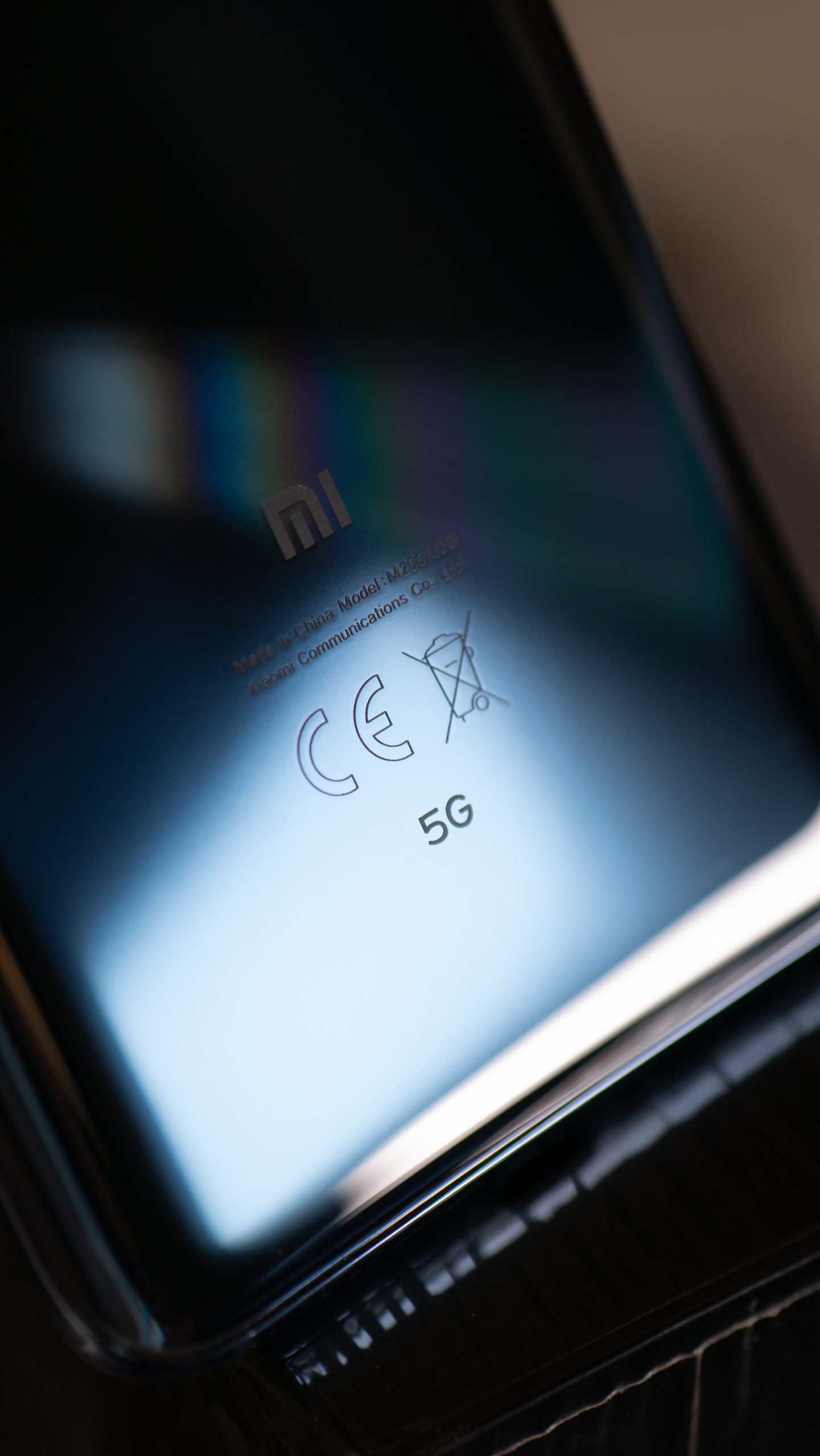Mobile technology has come a long way since the days of flip phones and 2G networks. Today, we have smartphones with high-resolution displays, powerful processors, and fast internet speeds. But what’s next for the mobile industry? Two emerging technologies, foldable phones and 5G networks, are poised to change the game once again.
Foldable Phones: The Future of Mobile Design?
Foldable phones are not entirely new to the market, but recent advancements in technology have made them more viable than ever before. Samsung and Huawei were among the first companies to release foldable phones, with the Galaxy Fold and Mate X, respectively. However, the initial versions of these devices had issues with durability and software that made them less practical for everyday use.
In 2021, Samsung released the Galaxy Z Fold 3 and Galaxy Z Flip 3, which addressed many of the previous generation’s issues. These new devices have stronger hinges, more durable screens, and better software optimization. They also come with a lower price point, making them more accessible to consumers.
One of the biggest advantages of foldable phones is their versatility. When folded, they are compact and easy to carry, much like traditional smartphones. But when unfolded, they offer a larger screen size, making them more suitable for tasks like video playback, gaming, and productivity. They also offer unique features, like multitasking and app continuity, which allow users to seamlessly switch between multiple apps across different screens.
Foldable phones also have the potential to change the way we use our devices. For example, Samsung’s new Galaxy Z Fold 3 has an under-display camera, which eliminates the need for a front-facing camera and allows for a full-screen experience. This type of innovation could lead to new design possibilities and features that we haven’t even imagined yet.
5G Networks: The Future of Mobile Connectivity
5G networks are the next generation of mobile internet connectivity, offering faster speeds and lower latency than current 4G networks. These networks use higher-frequency radio waves, which allow for more data to be transmitted at faster speeds. This technology has the potential to revolutionize the way we use our devices, enabling new applications and services that were previously not possible.
One of the most significant benefits of 5G networks is their speed. 5G can theoretically provide download speeds of up to 20 Gbps, which is 20 times faster than 4G. This speed allows for almost instant downloads of large files, like movies and games. It also enables new applications like remote surgery, autonomous vehicles, and virtual reality.
5G networks also offer lower latency, which is the time it takes for a signal to travel from a device to a network and back. This low latency allows for real-time interactions, making it possible to control devices remotely and stream content without lag. It also enables new applications like telemedicine, where doctors can remotely diagnose and treat patients in real-time.
However, 5G networks also come with some challenges. One of the biggest obstacles is the infrastructure needed to support these networks. 5G requires more base stations and antennas than 4G, and the high-frequency waves used by 5G have shorter ranges and are easily blocked by physical objects like buildings and trees. This means that implementing 5G will require significant investment in infrastructure, which may take years to complete.
Conclusion
Foldable phones and 5G networks are two emerging technologies that have the potential to change the mobile industry. Foldable phones offer new design possibilities and features that could change the way we use our devices. 5G networks offer faster speeds, lower latency, and new applications that were previously not possible. However, both technologies come with challenges, and it may take years to fully implement them.




